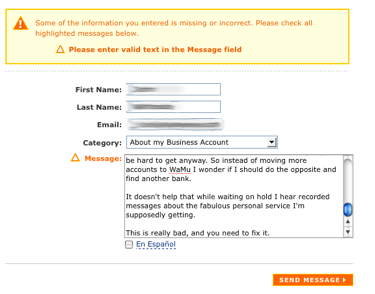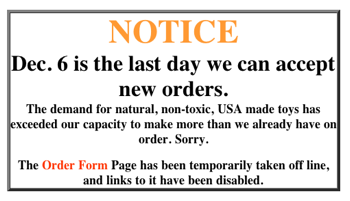Over Christmas I read The Omnivore's Dilemma by Michael Pollan (and wrote about it here on my personal blog). That inspired me to find out more about some of the food I buy. One item: Laura's Lean Beef, a line of organic beef available at conventional grocery stores. We've been buying it for some time now; it tastes great, and it doesn't give my partner (who's allergic to many antibiotics) an allergy meltdown the way a lot of typical grocery store beef does.
But there were two things that always crossed my mind when I'd pick up a package of it:
"This is better than the other beef in this store, but it's probably not really the best choice." (A lot of organic food is made using unsustainable industrial farming practices just like conventional* food; sure, it's better that it's not soaked in pesticide, but it's not exactly what the word "organic" suggests to most people.)
- "I'm such a sucker. Some ad agency created this 'Laura' character."
Well, here's a pleasant surprise: the company seems to actually practice sustainable (not just organic) farming and production. And not only is Laura a real person; she's got a blog.
And it's great; Laura has gotten everything about business blogging right. The purpose of it is, of course, to promote her beef, but it's written in a personal tone. It talks about their company and their farming practices, but it also talks about daily life on the farm and her own life (including some entries about a riding accident).
There are plenty of comments - and Laura responds to them, so there's a real discussion between the owner of this company and her customers. While I was skimming it, I found a comment from a customer who mentioned that she was getting spoiled Laura's beef at her supermarket - and immediately, a response from Laura asking for details so that they could fix the problem.
This is a great market niche for blogging, of course; along with the many health and environmental reasons for producing meat in a sustainable way, there is usually a philosophical idea at work here: the idea that we have become totally disconnected from our food and its origins, to the detriment of our health, the planet's health, and the quality of our eating experiences. So linking a CEO to her market through a blog makes sense when part of the mission is connecting the customer with the food on her plate.
Still, given how often companies get this wrong - including people with resources far greater than Laura and her company have on hand - it just made my day to see a company whose products I like doing this absolutely right.
Check out the blog. And the beef.
* Isn't it odd that "conventional" means cows designed to eat grass being stuck in feedlots eating corn-based (and until a short time ago, cow-based - ugh!) feed which makes them ill, blows out their livers, requires them to be medicated constantly, and along the way helps evolve antibiotic-resistant bacteria and strains of e. coli that can survive the acidity of human stomachs (and kill human beings)... while apparently letting cows graze in pastures and eat the grass they are designed to digest is considered unusual?




